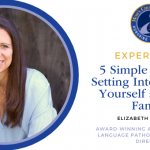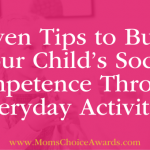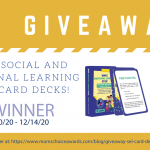 Elizabeth Sautter
Elizabeth Sautter
Writer | Dog Enthusiast
Facebook | Twitter

Weak executive functions sabotage our kids’ efforts to organize, plan ahead and make smooth transitions to demanding environments – like virtual or hybrid school. Use these strategies to improve your students’ executive function skills and switch on their ADHD brains for distance learning.
BY ELIZABETH A. SAUTTER, MA, CCC, and REBECCA BRANSTETTER, PH.D. from ADDitude Magazine’s webinar and article.
At the end of this most peculiar summer, many children are doing something remarkably typical and traditional (though not necessarily welcome): They are transitioning from vacation to a relatively rigid learning environment and schedule. Under considerable stress are their executive functions (EFs) – skills that allow us to plan, organize, and juggle many items in our heads. Add to that stress the anxiety that comes from unfamiliar school arrangements, and our kids – especially alternative learners and those who struggle with EFs – need special assistance and resources this year.
To bolster our kids’ EF skills during this critical transition, we need to focus our attention on three key areas: practicing mindfulness, readying the home environment for distance learning, and encouraging independence and accountability.
How to Focus on School Now: Strategies to Boost Executive Functions
Activate Your Frontal Lobe with Mindfulness
One of the most powerful ways to turn on a brain and prime it for learning and focus is mindfulness. Why? Mindfulness helps to build self-regulation skills – especially those used to get our emotions and behaviors in check and reduce the effects of distractors – that is especially valuable during unsettling times.
When our emotions are in check and we can prevent stressors from taking us off course, we are better able to tap into our frontal lobe, the region of the brain that powers EF skills. When we achieve self-regulation, all of our cognitive resources are directed here. When we are agitated, stressed, or otherwise unregulated (the norm during these times), the frontal lobe can’t engage effectively. Instead, the brainstem – the reactive part of the brain that puts us in the fight, flight, or freeze mode – is activated.
We see this in action when children struggle to listen or focus. When it looks like they are ignoring our directions or actively resisting, chances are that they’re actually not in the correct “headspace” to comply. In other words, they are dysregulated and cognitively in the fight, flight, or freeze mode.
Mindfulness works to build self-regulation skills in children that promote focus. It is, inherently, an exercise in focus. As meditation expert Jon Kabat-Zinn says, “Mindfulness is paying attention on purpose, in the present moment, and non-judgmentally.” The more our children practice mindfulness, the better they become at self-regulating and recognizing when their fight or flight mode may be triggered.
To practice mindfulness with your child, try this:
- Focus on sensations – have them put their feet flat on the ground or wiggle their toes inside their shoes.
- Breathing exercises – focus on diaphragmatic breathing. Have your child place their hand on their belly, and picture it like an anchor as they breathe in and out. Repeating to themselves, “I am breathing in, I am breathing out” also helps. Other everyday activities, like blowing bubbles, are great exercises in controlled breathing.
- Mindful eating – really notice how food tastes and feels, and take the time to chew carefully and pause before another bite.
- Mindfulness and meditation apps – these tools are steadily becoming go-to resources for parents and children. Popular programs for children of varying ages include Smiling Mind; Headspace; Calm; Breathe 2 Relax; and Stop, Breathe and Think Kids.
- Glean kid-friendly mindfulness exercises from books like Sitting Still Like a Frog: Mindfulness Exercises for Kids (and Their Parents), What Does It Mean to Be Present?, and Mindfulness for Teen Anxiety: A Workbook for Overcoming Anxiety at Home, at School, and Everywhere Else (Teen Instant Help).
Work on mindfulness exercises when your child is in a regulated state. This can be at night as they are getting ready for bed, or any other downtime when their focus is locked.
Some children, especially teens, may push back on mindfulness exercises, calling them boring or a waste of time. In our work, we’ve found that children eventually learn to love mindfulness and really see its benefits. To help them reach this point, be a role model for mindfulness – practice these exercises on your own so your children can see the benefits they bring. It also helps to try to “rebrand” mindfulness so that your child’s focus isn’t on the buzzword, but on the benefits. Gently getting them into an everyday activity they enjoy, like coloring or eating without their phone at the table, may be better than pushing that time as an exercise in mindfulness.
Engineer Your Environment to Improve Focus
The physical environments where our children learn and study play an important part in maintaining focus and overall productivity, especially if our children have specific sensory needs, or sensory processing disorder. With distance learning, keeping the home organized to activate the brain is all the more important.
And yet, even with designated set-ups for learning at home, unmet biological and sensory needs can disrupt or derail our kids’ focus, and they may not even realize what’s happening. That’s why we call these basic needs “invisible.” They include:
- Sleep and rest during the day
- Hydration
- Nutrition
- Exercise and play
- Bonding
- Sensory stimulation
Begin by helping your child tune in to their needs. Create structure so that their basic needs, like proper amounts of sleep and square meals, are met daily. Incorporate exercise and other needs in key time frames — perhaps your child focuses best after a quick jog, or their mood and ability to self-regulate improves with ample social stimulation.
Encourage older children and teens to set reminders for things like making a snack before starting homework, or having headphones nearby at all times to block out distracting noises. If your child often forgets to keep hydrated, consider visual cues – leave a jug of water out on the counter to remind them to drink water.
To set up a productive physical environment, keep the home organized, and simplify decisions around cleanliness and scheduling. Keep in mind these four sensory areas when engineering learning-friendly environments:
Visual
- Lighting – is it too harsh? Not enough? Does your child work best with artificial or natural light? Is it making any buzzing sounds?
- Colors and distractions – is the room too stimulating with posters and decorations? Is it possible to move your child to another area or simplify the room?
Sounds
- Background noise – TVs, music, or fans can distract or focus, depending on the noise and on the child
- Pets – any abrupt noises can cut focus, so make sure the study area is free from unpredictable pets
- People – there may be others working or learning from home. Consider whether your children can tolerate noises from others, or if they need to be further apart.
Smells
Some children are super sensitive to smells, which may distract them as they try to learn. Common triggers include:
- Food
- Candles, perfumes
- Pets
- Body odor
- Cleaning materials
- Tactile
The following are also known to impact a child’s comfort and ability to focus.
- Seating
- Bedding
- Blankets
- Clothing – socks and slippers
Ask Questions to Encourage Independence
Impaired executive functions make it difficult for children to organize, plan ahead, and make smooth transitions to demanding environments – like switching from summer mode to school mode. Parents often feel compelled to tell their children what to do, but this only keeps their EF skills subdued when they are most needed. To strengthen EF skills in children, ask them guided questions rather than commanding or directing them. Guided questions work to activate their frontal lobe and trigger proactive thinking, while commands can often agitate them – diverting cognitive resources to the fight-or-flight brain stem area.
Guided questions come in handy when helping our children proactively anticipate problems for the new school year and independently work through solutions. First, investigate how your child is thinking about the new school year – everything from morning and evening routines, to the school day itself — by having them do a “future sketch.” Have your children draw out what they imagine their days will look like. Join in on the activity by drawing out your own ideas, too. You may be surprised by the differences – your child may expect to be in pajamas all day working from bed with the puppy on their lap. Knowing where you and your children don’t see eye to eye opens the floor for guided questions that work to stimulate their EFs and collaborative problem-solving skills.
For example, if your child hasn’t planned a time frame for homework, or is taking too long to get started, ask them about their ideas for how they’ll finish their homework before a set evening time. This is often more effective than demanding that they do their homework now. If their future sketch doesn’t anticipate distractions, ask them what ideas they have in mind if they get bored, discouraged, or experience Zoom fatigue. Have them think through what may be at the root of the problem and go from there.
To switch brains to rational thinking mode, all try using collaborative statements. If your child thinks they will stay in pajamas all day, for example, give them two appropriate outfit choices.
Here are more examples of questions and statements that encourage children to independently follow-through:
- Instead of “put the dishes in the dishwasher,” ask: “What did you agree to help me with after dinner?”
- Instead of “go to bed,” ask: “What is next in your bedtime routine?”
- Instead of “don’t forget your coat or your mask/hand sanitizer,” ask: “Do you have everything you need for the day?”
- Instead of “stop doing x”, say, “when you’re finished with that, it’s time for dinner/homework.”
This back-to-school transition may be the toughest yet, especially for children with executive function challenges. These bottom-up approaches are designed to help your children rev up their brains for a better learning experience, no matter what that looks like. For more strategies and tools to boost EFs, download our free “Make Social and Emotional Learning Stick – Back to School Survival Kit”.
 About Elizabeth A. Sautter
About Elizabeth A. Sautter
Elizabeth A. Sautter, MA, CCC- is a licensed speech and language pathologist and co-director and co-owner of Communication Works (CW), a private practice providing speech, language, and social therapy in the San Francisco Bay Area. She has worked with preschool to adult clients and their families since 1996 in private practice, schools, and hospitals.
Elizabeth began her career working at a school with severely impaired children with behavioral challenges. In this school, she spent eight years as part of a collaborative team whose members worked to increase functional communication with the goal of decreasing undesired behavior.
After having her own children, Elizabeth followed her professional passion for supporting those with social, self-regulation, and executive functioning (i.e. social regulation) challenges and started CW as a private center providing individual and group therapy. Following the needs of the clients and community, she began to provide parent training, school consultation, summer camps, and social hangouts in order to support the whole child, family, and community. CW is also a non-public agency (NPA) providing services to public and private schools. The CW center is now run by Seven Bridges Therapy, where Elizabeth is a consultant. CW continues to provide school-based speech, language, and social support.
To see more, view all posts by Elizabeth Sautter or view her website here makesociallearningstick.com.

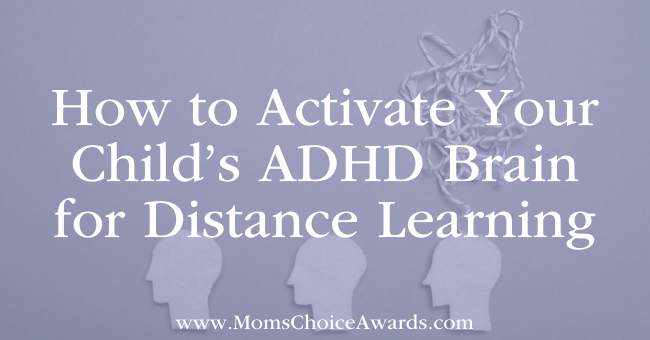
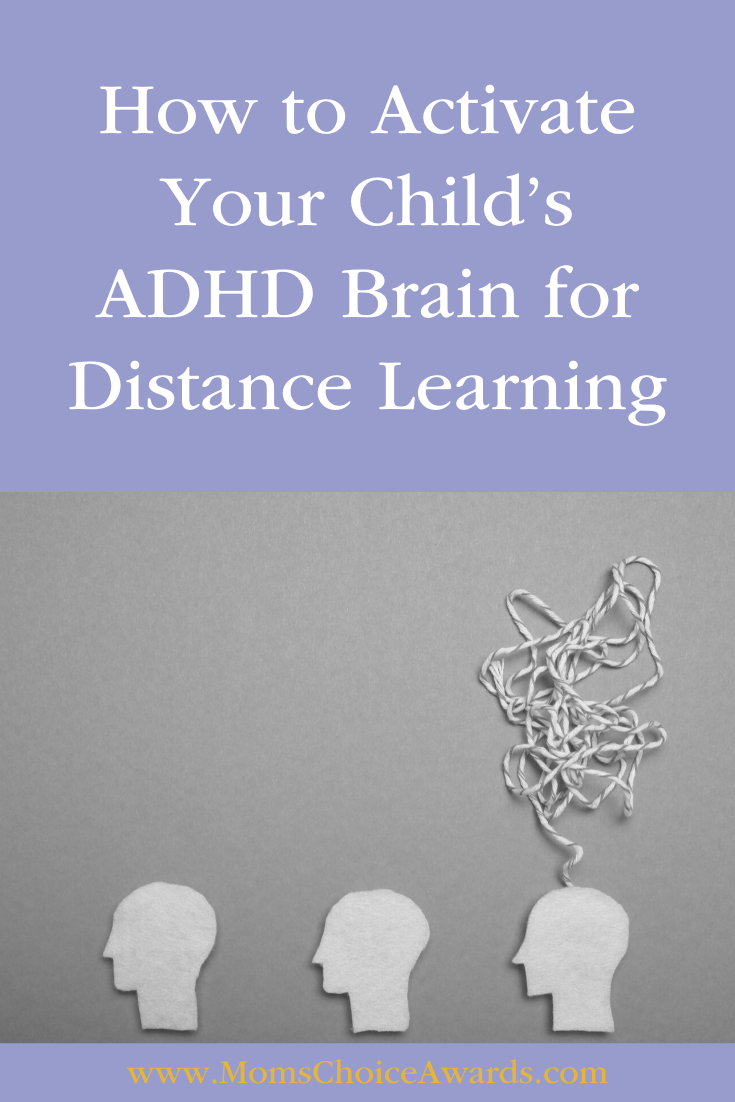 </div
</div
